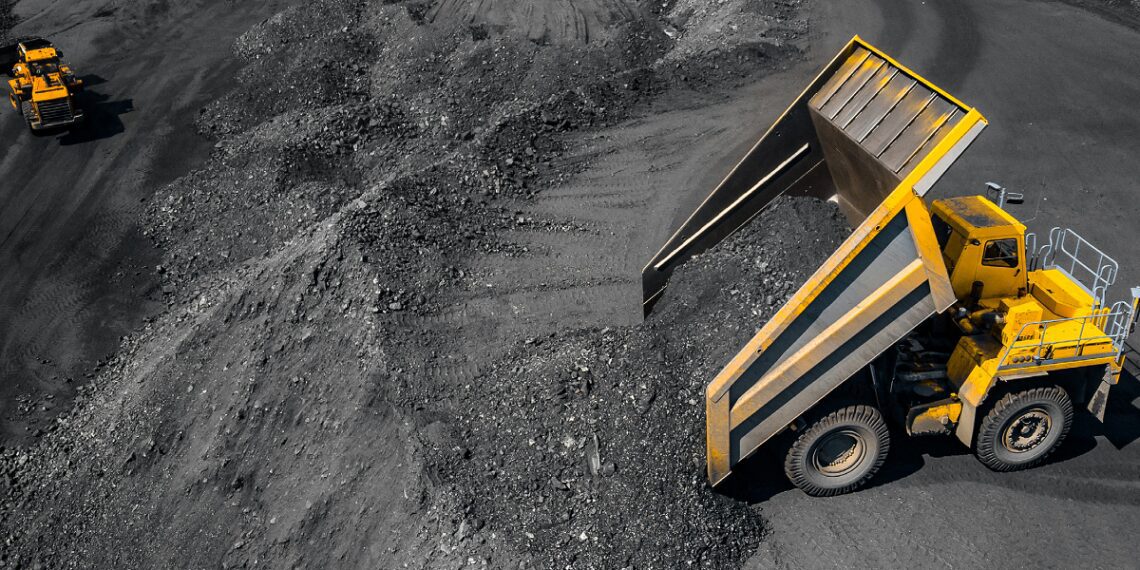Give us an overview of Colonial Coal’s (TSXV: CAD) operations, particularly with regards to your Huguenot and Flatbed projects.
Currently, we are about to re-file elements of our Notice of Work for a Work Permit for certain field activities on the North Block of Huguenot. At Flatbed, we are commencing a NOW application for additional drilling plus requesting (and merging) an extension to our current work permit for shallow seismic surveys.
We are also consolidating geological data files in preparation for any forthcoming due diligence reviews by interested parties, and collecting climate data at Huguenot. Finally, we continue to maintain communications with First Nations and local governments at both sites.
What is it about these deposits in Western Canada that makes them so advantageous?
At both sites, we have demonstrated, high-quality, premium hard coking coal products which are acceptable to coking coal users. Both Huguenot and Flatbed are located within an established coal mining district with current operations.
Huguenot has a very large resource base that hosts substantial, long-term annual production capability for either a stand-alone open pit (2020) averaging 2.7 Mtpa (up to 3.0 Mtpa) for 27 years totalling 99 Mt ROM or 72.4 Mt product, or a combined open pit and underground mining scenario (2018) of approximately 4.5 Mtpa (up to 4.8 Mtpa) for 27 years, reducing to 1.8 Mtpa for an additional 4 years, totalling 122 Mt ROM or 89 Mt product. The combining of underground mining with the larger (2020) open pit has not yet been undertaken but the figures indicate a total of 165 Mt ROM and 122.4 Mt of product.
At both sites, we have demonstrated, high quality, premium hard coking coal products
Recent preliminary economic assessments (PEA) for Huguenot demonstrate strong economics for options that include either an extension of the existing rail line to the proposed plant site or for a truck haul to the existing rail head. Economics are as follows. For the 2020 Stand-Alone Open Pit: based upon a leased equipment option, an average selling price of $174/t, using a 7.5% discount rate the PEA calculated a NPV of $1,032M with an IRR of 29.4%. For the 2018, (smaller) Open Pit plus Underground mining option: based upon leased equipment for the open pit, an average selling price of $172/t, using a 7.5% discount rate the PEA calculated a NPV of $1,166M with an IRR of 33%. Overall Resources are 397 Mt*: Measured plus Indicated = 278M plus 119 Mt Inferred.
At Flatbed, a large resource base within the Gordon Creek mining area hosts substantial, long-term annual production capability from an underground mine. Production would be on a seam by seam basis and would range from 1.6 to 2.6 Mtpa, averaging 1.9 Mtpa for 30 years, totalling 111.6 Mt ROM and 57.4 Mt of product.
The project is located within very short distances of the existing rail line and two, currently idle, coal loading installations. There are no significant infrastructural issues. The PEA currently envisages a stand-alone coal loading site several kilometres from the proposed plant site (from which product coal would be hauled by truck).
Both mines are located in British Columbia, which is a friendlier coal mining jurisdiction than some other provinces
Economically speaking, seams B, D, F1 plus F2, and G are premium coking coals while seams J and K (the two deepest seams that would be mined last) can be used as either soft coking coals or as premium PCI coals depending on prevailing prices. These two seams comprise 31.5% of the saleable tonnes. Based upon an overall weighted average selling price of $160.5/t, using a 7.5% discount rate the PEA calculated a NPV of $691M with an IRR of 24.4%. Overall resources are 298 Mt Inferred.
Advantages for both mines is that they are located in British Columbia, which is a friendlier coal mining jurisdiction than some other provinces. Neither have the historical selenium build-up issues that are present in SEBC. While selenium treatment will likely be required, a number of options currently exist and are being developed to reduce selenium levels in mine water discharge to meet regulated environmental limits.
In terms of infrastructure, both mines are closer to port via rail than mines in southwest Alberta, and have surplus rail and port handling, and loading capacities. Critically, there is a shorter sailing time to Asian ports.
What are some of the challenges you anticipate in the future, such as growing calls for using hydrogen in the steelmaking process?
Aspects around ESG (Environment, Social, Governance) Criteria will potentially increase – but this is a new acronym for things we already deal with – but we will have to ensure we stay abreast of best practices.
Climate change issues will continue. There is research underway regarding the reduction of CO2 during the coke and steel making processes (some of which relates to the addition of pellets to PCI fuels) which may come to pass. Any significant impacts from the increased use of scrap steel, direct reduction, or hydrogen are generally considered to be at least 20-25 years off. In the meantime, a number of existing coal mines will be closed or significantly depleted and any new coke ovens/steel plants will require long term supplies of coking coal and will not be cheaply converted to using other methods.












